We’ve all heard that cooking from scratch is healthier and often tastier than store-bought alternatives. But sometimes, the effort just isn’t worth the reward. Between complicated techniques, hard-to-find ingredients, and hours of prep time, certain dishes leave you wondering why you didn’t just order takeout. Here are 13 meals that might make you think twice before bypassing the frozen food aisle next time.
1. Croissants
Making croissants at home involves repeatedly folding butter into dough, creating those signature flaky layers. The process takes three days of careful temperature control, precise rolling, and anxious waiting. Most home bakers end up with dense, misshapen pastries that barely resemble the light, airy treats from your local bakery.
Professional pastry chefs spend years perfecting this technique. Your kitchen likely lacks the specialized equipment and controlled environment needed for ideal results. Plus, butter costs add up quickly – you’ll use nearly a pound for a single batch!
After all that work, the disappointment hits hard when you bite into a homemade croissant that’s either too dense, too greasy, or somehow both. Save yourself the heartache and support your local bakery instead.
2. Puff Pastry
The foundation of many elegant desserts, puff pastry requires rolling butter between layers of dough repeatedly. Your kitchen quickly transforms into a disaster zone as flour covers every surface. The dough must stay perfectly chilled throughout the process, which means constant trips between counter and refrigerator.
One moment of impatience ruins hours of work. Let the butter warm slightly, and it oozes out, creating a greasy mess. Roll unevenly, and your pastry rises lopsided. After six hours of labor, many home cooks end up with something that doesn’t puff properly.
Meanwhile, high-quality store-bought puff pastry costs a few dollars and works beautifully. Professional food writers and chefs often admit it’s one of the few convenience products they regularly use. Skip the frustration and grab the frozen version.
3. Sushi
Sushi-making seems straightforward until you try it yourself. Finding sushi-grade fish presents the first challenge – regular supermarket fish isn’t safe for raw consumption. Even with proper ingredients, achieving the perfect rice texture requires specialized short-grain rice and precise vinegar seasoning.
Rolling presents another hurdle. Too loose, and your roll falls apart. Too tight, and ingredients squeeze out everywhere. The bamboo mat becomes an unwieldy weapon rather than a helpful tool. Your kitchen counter ends up covered in sticky rice while you struggle to slice rolls with a knife that’s never quite sharp enough.
The final product often bears little resemblance to restaurant sushi. Oddly shaped rolls with unevenly cut pieces make for a disappointing meal after hours of preparation. Most home cooks quickly realize why sushi chefs train for years to perfect their craft.
4. French Macarons
These colorful sandwich cookies look deceptively simple but require precision that would make a scientist sweat. The meringue-based shells demand perfectly aged egg whites, precise measurements, and a technique called “macaronage” where you fold the batter just enough – but not too much.
Room humidity affects the outcome dramatically. Too dry, and they crack; too humid, and they never develop feet (the ruffled bottom edge). You’ll pipe perfect circles only to watch them spread into misshapen blobs. After baking, they often stick to the parchment paper, crumbling when you try to remove them.
Even if you nail the shells, the filling requires making ganache, buttercream, or curd from scratch. Professional pastry chefs consider macarons a test of skill for good reason. For most home bakers, the $2 per cookie at a patisserie suddenly seems reasonable after attempting them.
5. Beef Wellington
This showstopper dish involves wrapping beef tenderloin in mushroom duxelles, prosciutto, and puff pastry. The process begins with searing an expensive cut of meat perfectly. One mistake here, and you’ve already compromised a $50+ piece of beef.
The mushroom mixture must be cooked until completely dry, or it creates a soggy pastry bottom – the dreaded “soggy bottom” that cooking show judges lament. Wrapping everything tightly without tearing the pastry requires the dexterity of a surgeon. Temperature management becomes critical; the pastry needs heat to rise while the beef inside shouldn’t overcook.
After hours of preparation, you slice into your Wellington hoping for that perfect medium-rare center, only to find it overcooked or undercooked. Meanwhile, your expensive puff pastry may be raw in spots where the moisture seeped through. No wonder this remains a restaurant specialty!
6. Sourdough Bread
The sourdough craze convinced many that maintaining a starter would be fun. Reality hits when you’re feeding a hungry flour pet twice daily like a demanding tamagotchi. The starter either dies from neglect or produces a funky smell that takes over your kitchen.
The actual breadmaking process involves mysterious terms like “autolyse” and “bench rest.” You’ll spend hours stretching and folding dough, only to watch it refuse to rise properly. Special equipment accumulates – bannetons, lame knives, Dutch ovens – all for loaves that often emerge dense and flat.
Professional bakers spend years perfecting their technique, yet home bakers expect Instagram-worthy results on the first try. After days of work, many end up with expensive doorstops rather than the open-crumb artisan loaves they envisioned. Your local bakery’s $6 sourdough suddenly seems like an incredible bargain.
7. Tamales
Traditional tamale-making is a family affair for good reason – it’s incredibly labor-intensive. The process starts with preparing fillings, which often means cooking multiple meats and sauces. Then comes the masa dough, which must achieve the perfect consistency – too wet and it never sets, too dry and it’s inedible.
Spreading masa thinly on corn husks requires practice. First-timers create tamales that are mostly dough with tiny filling centers. Folding and tying each one takes dexterity, and a batch typically includes dozens. The steaming process takes hours more, with constant monitoring to prevent drying out.
After an entire day of work, many home cooks end up with tamales that fall apart when unwrapped or taste nothing like the ones from their favorite Mexican restaurant. The kitchen cleanup alone might convince you to appreciate the local tamale vendor’s reasonable prices and expertise.
8. Gnocchi
These potato dumplings seem simple – just potatoes, flour, and egg. The reality involves navigating countless pitfalls. Use the wrong potatoes or overcook them, and your dough becomes waterlogged. Let them cool improperly, and steam creates moisture that demands more flour, resulting in dense, gummy dumplings.
Rolling and cutting presents another challenge. Too much handling activates the gluten, making tough gnocchi. Too little flour on the surface, and they stick everywhere. The fork-rolling technique that creates those characteristic ridges takes practice many home cooks lack.
After all this effort, first-time gnocchi makers often watch their creations dissolve into potato soup when boiled or turn into chewy rubber balls. Meanwhile, the refrigerated store-bought version costs a few dollars and cooks in minutes. Some traditions are best left to Italian grandmothers who’ve perfected their technique over decades.
9. Fried Chicken
Homemade fried chicken creates a spectacular mess. Oil splatters everywhere – walls, stovetop, floors, and painfully on your arms. The breading process involves multiple stations of flour, egg wash, and coating that cover every available counter space.
Temperature control becomes crucial yet elusive. Too hot, and the outside burns while the inside stays raw. Too cool, and the chicken absorbs oil like a sponge, becoming greasy and heavy. Many home fryers lack capacity, forcing you to cook in small batches while earlier pieces get cold.
The smell lingers for days despite open windows and candles. Your smoke detector likely activates at least once. After hours of work and a kitchen that looks like a disaster zone, you might achieve chicken that’s good but rarely better than specialized restaurants that fry chicken daily. The cleanup alone might send you running for takeout next time.
10. Baklava
This Middle Eastern dessert requires patience few home cooks possess. Working with phyllo dough feels like handling wet tissue paper – it tears constantly and dries out within minutes if not kept covered. You’ll brush butter between countless delicate layers while trying to keep everything aligned.
The nut filling must be ground to the perfect consistency – too coarse and the layers separate, too fine and the texture becomes pasty. After baking comes the syrup, which must be precisely the right temperature when poured over the hot pastry. Too hot or too cool, and it won’t absorb properly.
Hours of work often yield baklava that’s either soggy or dry, too sweet or not sweet enough. The layers slide apart when cut, creating a messy pile instead of neat pieces. Meanwhile, specialty bakeries sell perfect portions for a few dollars, made by people who prepare this labor-intensive dessert daily and have mastered every step.
11. Paella
Authentic paella requires specific equipment most home kitchens lack. Without a wide, shallow paella pan, achieving the proper rice-to-surface ratio becomes impossible. Heat distribution issues lead to unevenly cooked rice – mushy in some areas, crunchy in others.
Ingredient sourcing presents another challenge. Specialty items like bomba rice, saffron, and authentic Spanish chorizo can be expensive and difficult to find. Substitutions lead to dishes that might taste good but aren’t really paella. The cooking process demands constant attention to liquid levels and heat management.
The coveted socarrat – that crispy bottom layer of rice – eludes most home cooks. Too much heat burns it; too little means no crust forms. After spending over $50 on ingredients and hours cooking, many end up with glorified rice dishes that bear little resemblance to the paellas of Valencia. Some dishes are best enjoyed at restaurants with specialized equipment.
12. Homemade Pasta
Fresh pasta sounds romantic until flour covers every surface in your kitchen. Without a pasta machine, you’ll struggle to achieve consistent thickness by hand. With a machine, you’ll discover the coordination required to feed dough while collecting the output – a task that really needs four hands.
The dough itself presents challenges. Too dry, and it crumbles; too wet, and it sticks everywhere. You’ll need significant counter space to lay out strands without them sticking together. Fancy shapes like ravioli require even more skill, with filling often bursting through or edges failing to seal.
After hours of work, many home cooks produce pasta that’s inconsistently thick, takes forever to cook evenly, and may not hold sauce well. Meanwhile, high-quality dried pasta costs a few dollars and produces reliable results. Even in Italy, many home cooks save pasta-making for special occasions, recognizing the significant effort involved.
13. Macaroni and Cheese From Scratch
Homemade mac and cheese sounds straightforward until you’re standing over a pot of sauce that refuses to smooth out. The béchamel base requires constant attention to prevent burning. One moment of distraction leads to lumps that no amount of whisking will eliminate.
Cheese selection presents another challenge. Use pre-shredded varieties with anti-caking agents, and your sauce becomes grainy. Use soft cheeses alone, and it lacks structure. The perfect balance of sharp flavor and melting quality often requires multiple expensive cheeses that go bad before you can use the leftovers.
After all this effort, the result often disappoints children who prefer the neon orange boxed version anyway. Adults find it doesn’t match their nostalgic memory of the dish. The baked version requires even more time and often emerges dry or with a broken sauce. Sometimes, comfort food is best left simple.
14. Eggs Benedict
This brunch favorite requires orchestrating multiple components that must finish simultaneously. The hollandaise sauce alone strikes fear in home cooks’ hearts. This emulsion of butter and egg yolks breaks easily, turning into a greasy mess at the slightest temperature change. Many end up with scrambled eggs in butter rather than a smooth sauce.
Poaching eggs adds another layer of difficulty. Without proper technique, eggs spread into ghostly wisps in the water. Timing becomes critical – your English muffins are toasted, Canadian bacon is warm, but your eggs aren’t setting properly. The whole dish waits for no component.
After significant stress and dirty dishes filling the sink, many home cooks serve hollandaise that’s broken or too thick, eggs that are undercooked or overcooked, and muffins that went cold waiting for everything else. There’s good reason restaurants charge $15+ for this dish and brunch places specialize in it.

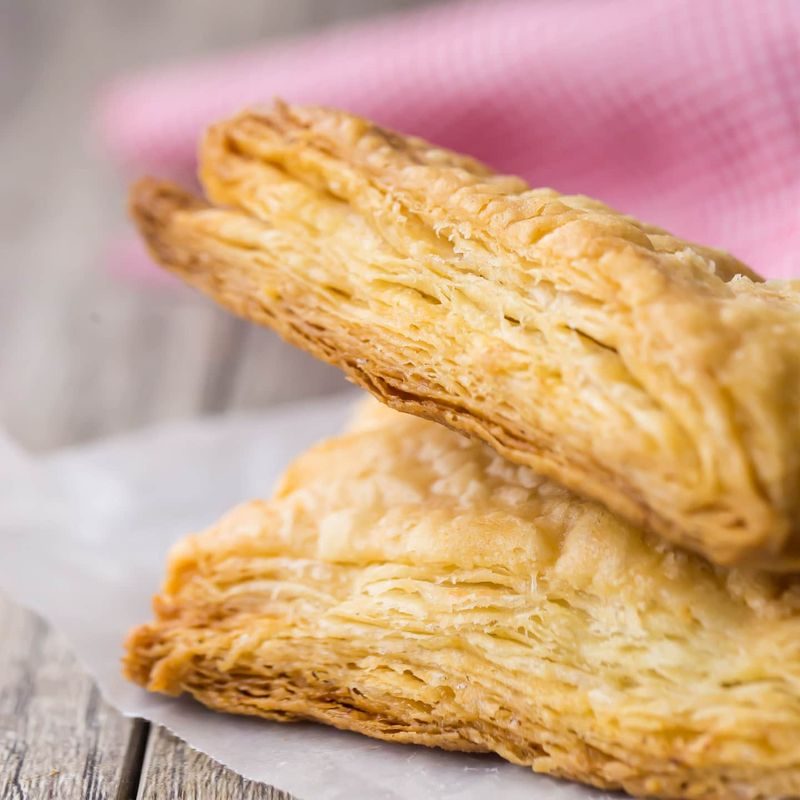
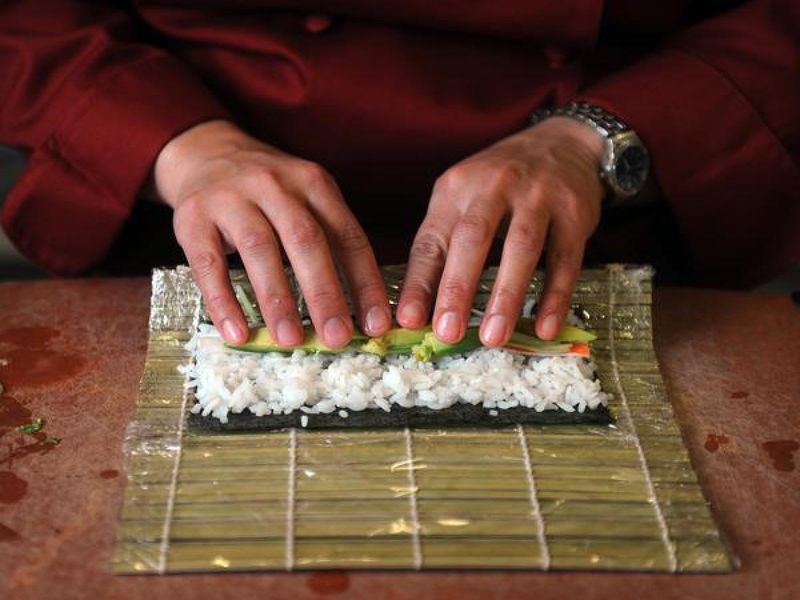
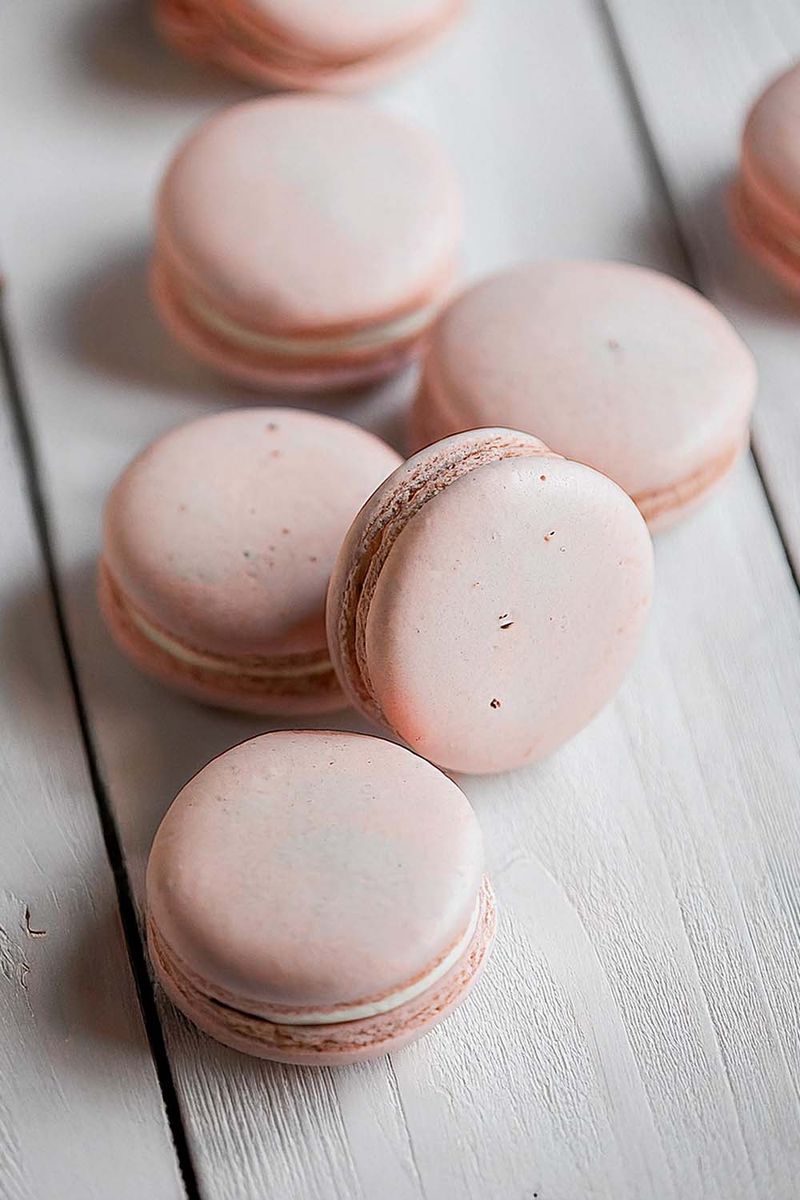
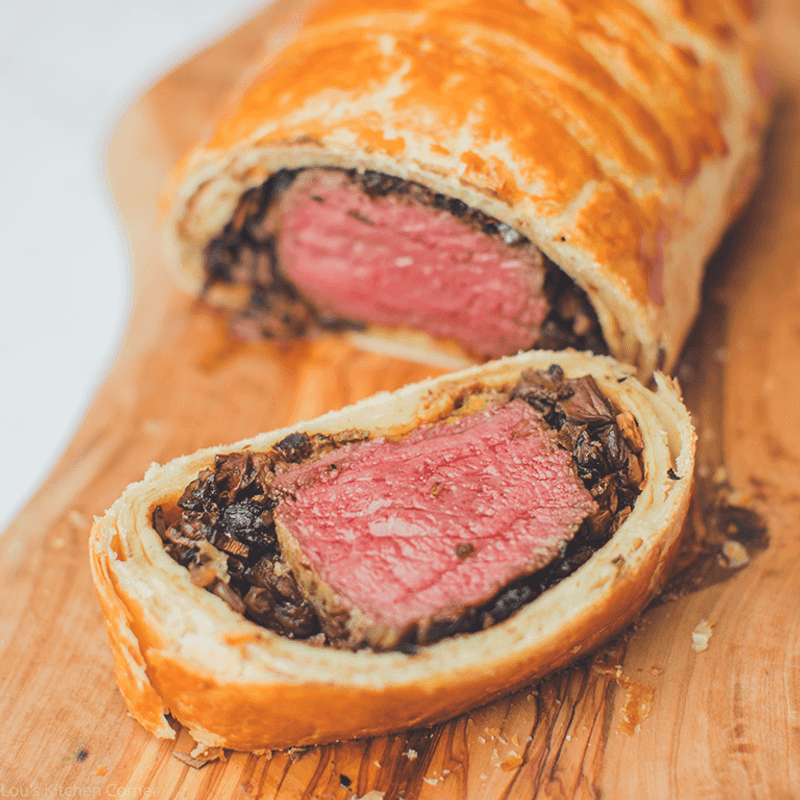
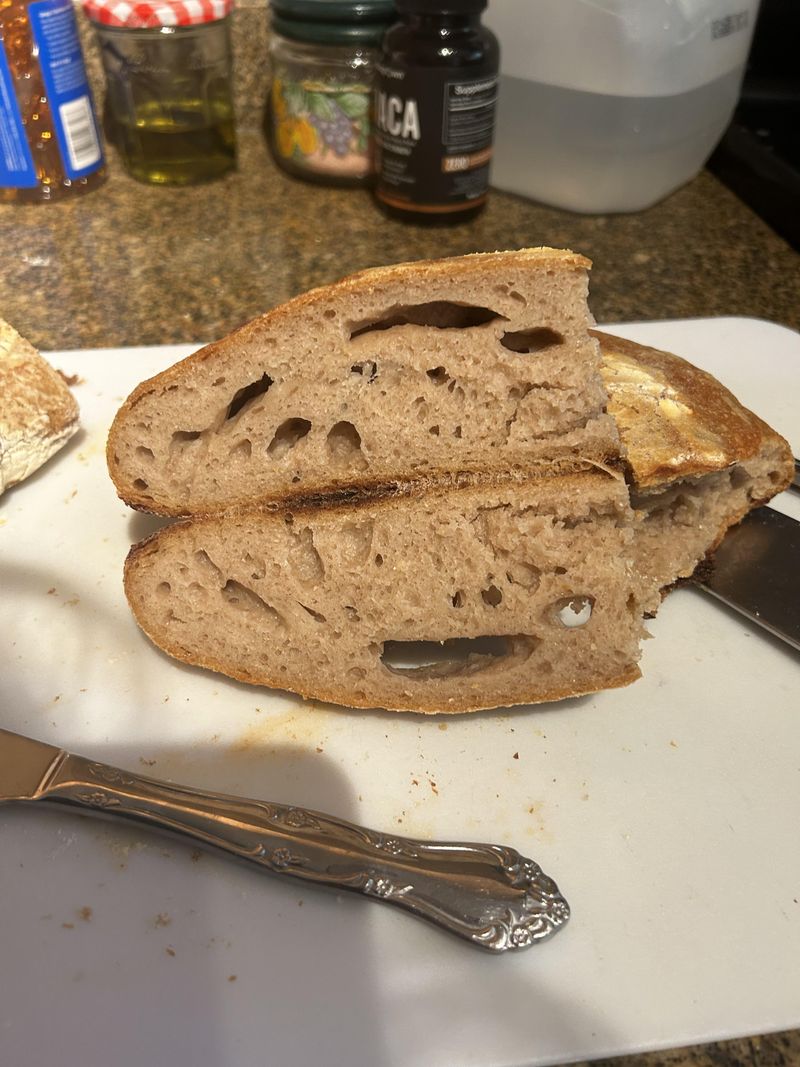
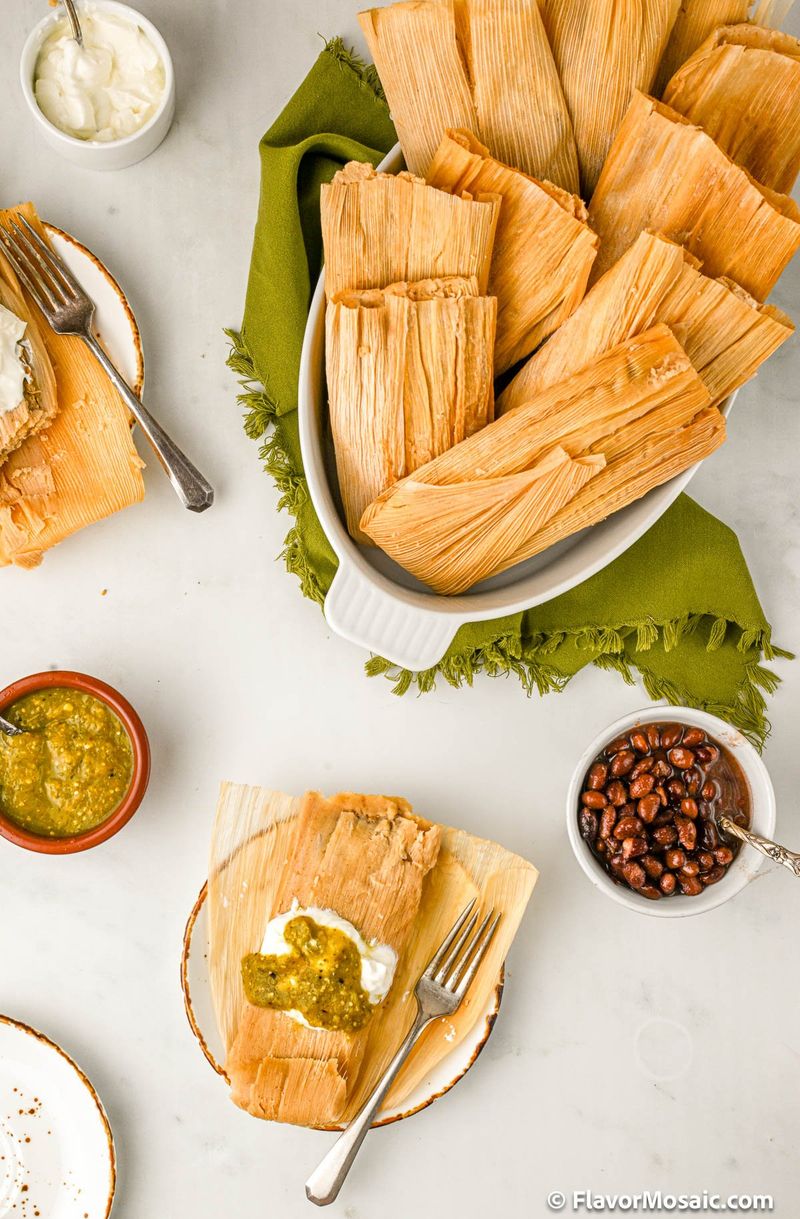
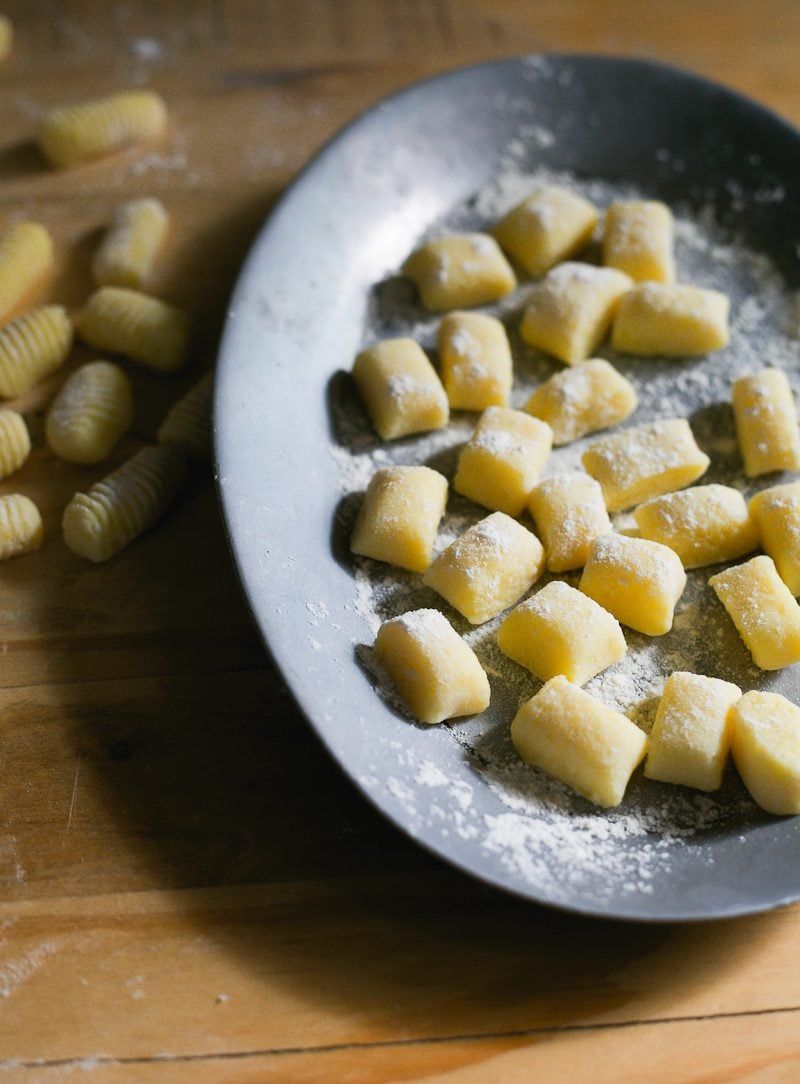


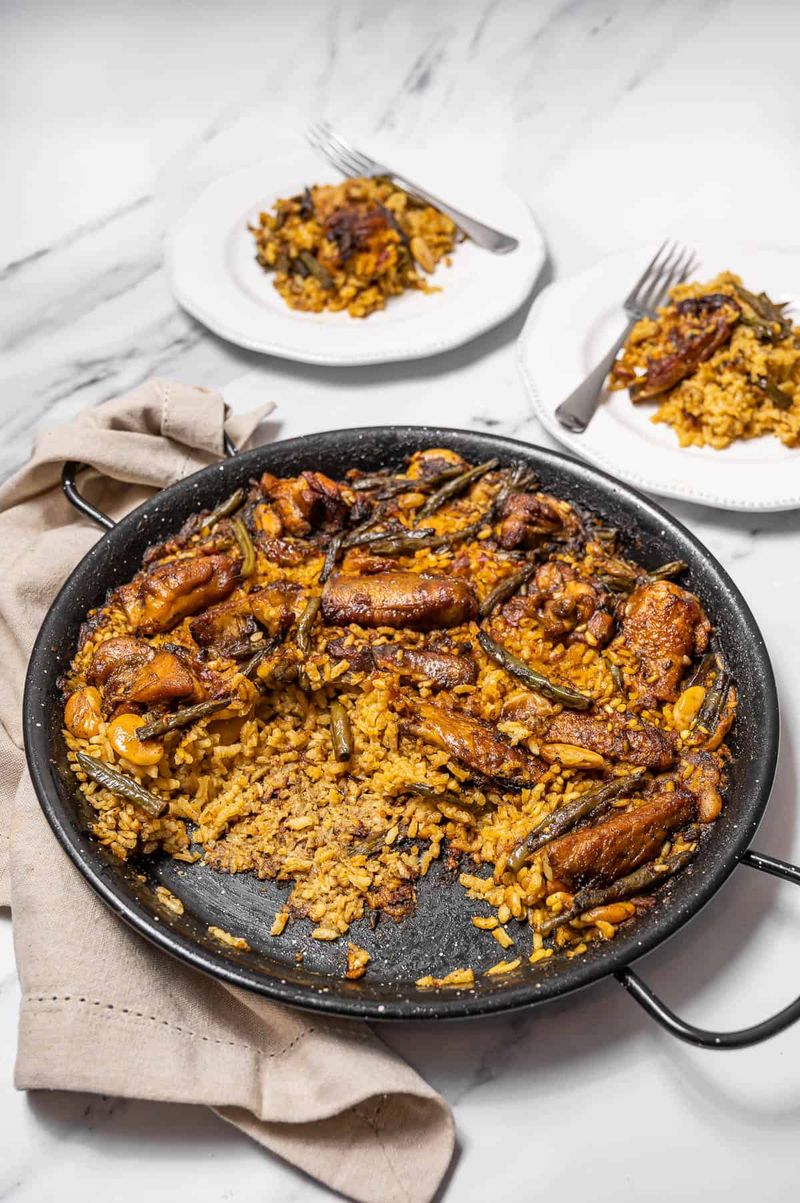
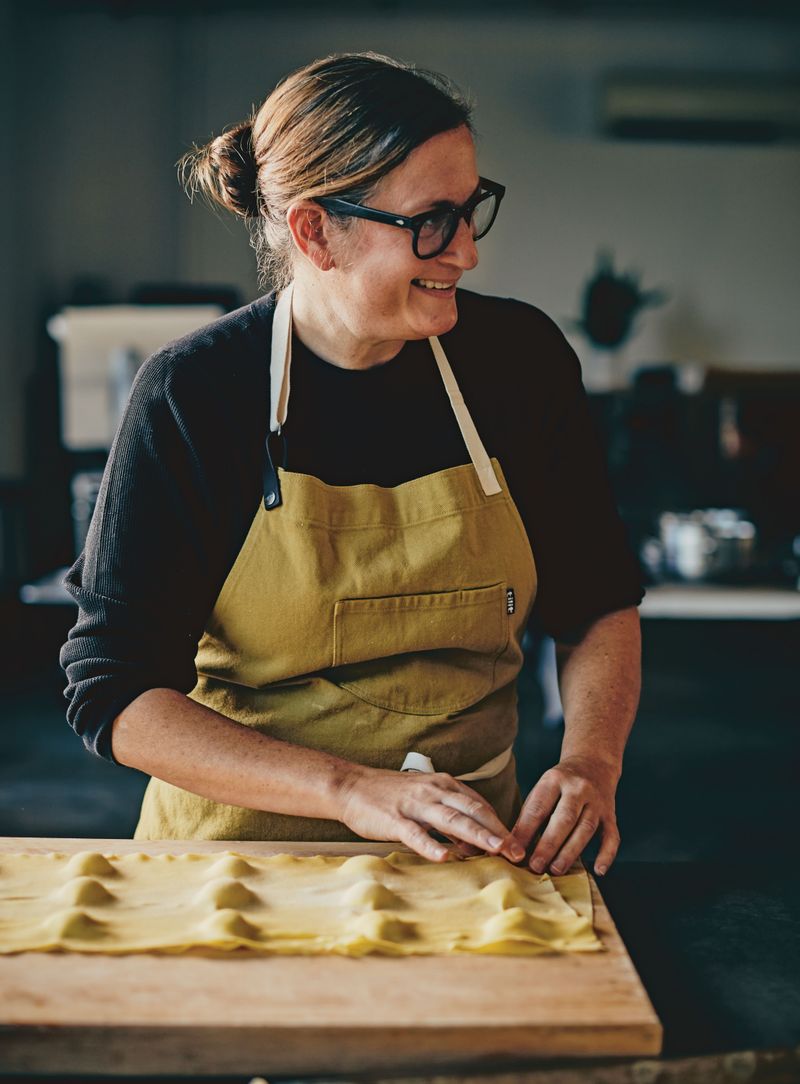
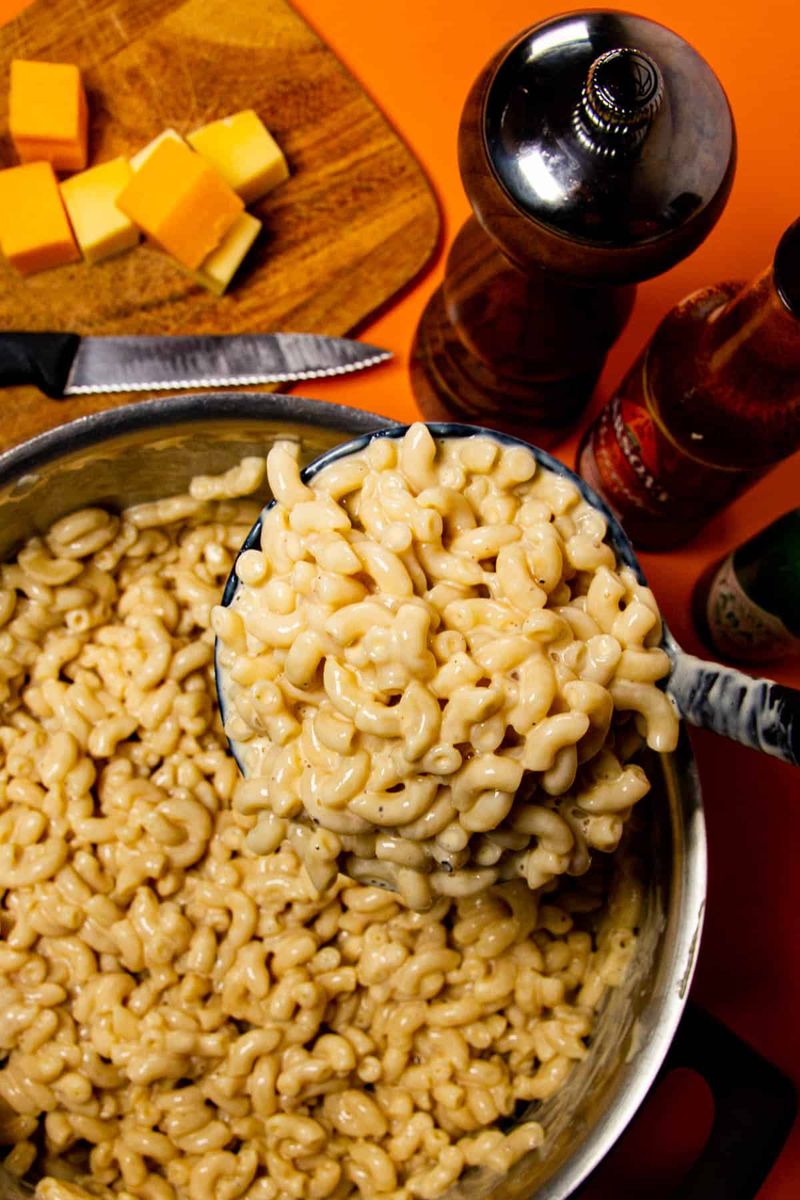
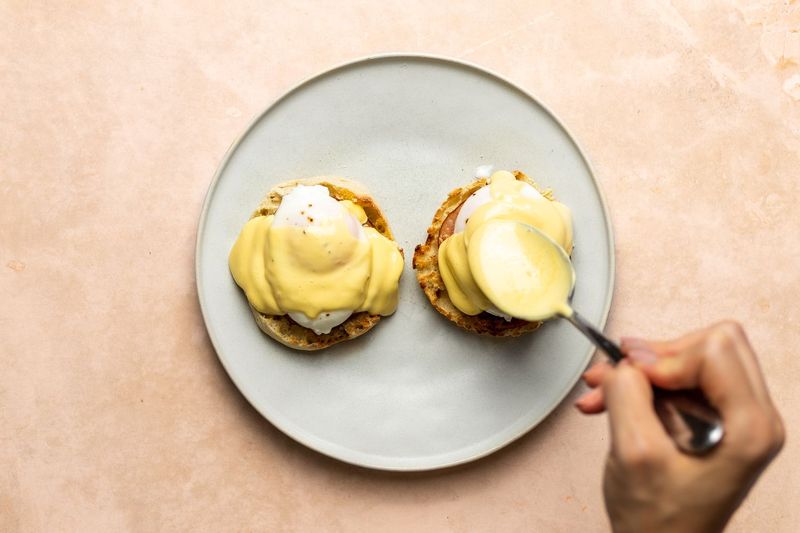
Leave a comment